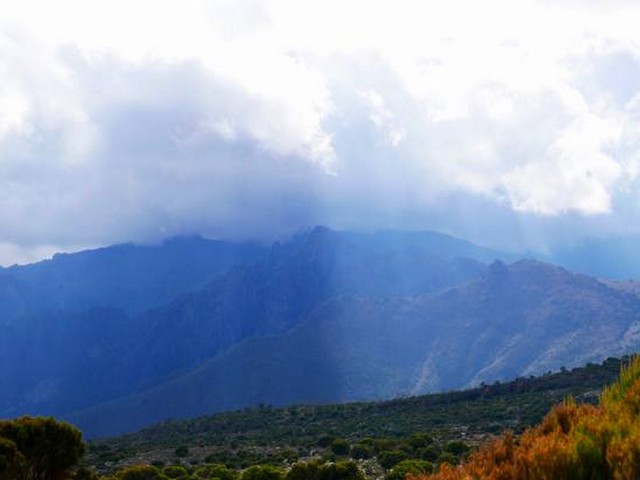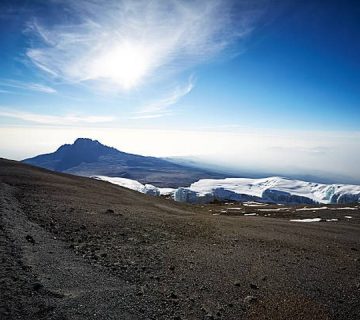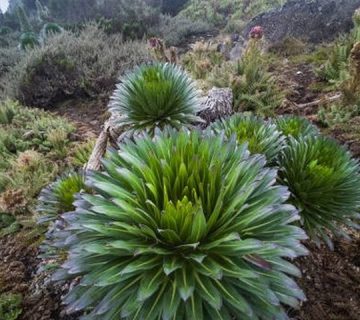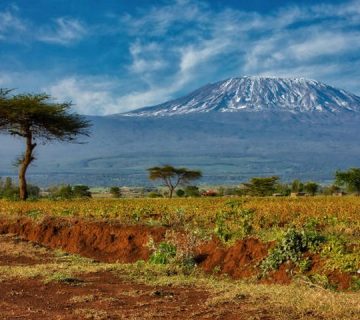How To Acclimatize Safely On Kilimanjaro: Your Guide to the Roof of Africa
Standing majestically as Africa’s highest peak, Mount Kilimanjaro beckons adventurers from around the world to conquer its towering summit. But the journey to Uhuru Peak isn’t just about endurance and strength; it’s equally about wisdom—particularly about acclimatizing safely. At Kilimanjaro Centre for Trekking and Ecotourism (KCTE), we hold your health and safety as our highest priority. Join us as we walk you through the essentials of safely acclimatizing on the mighty Kilimanjaro.
Understanding Acclimatization: Why Is It Crucial?
Acclimatization is the process by which your body adjusts to higher altitudes. The reduced oxygen levels at elevations above 2,500 meters can lead to altitude sickness if your body doesn’t get adequate time to adapt. Symptoms range from headaches and nausea to more severe health issues like acute mountain sickness (AMS), high altitude cerebral edema (HACE), and high altitude pulmonary edema (HAPE). Therefore, understanding and practicing proper acclimatization techniques is not just important—it’s a necessity.
Pre-Climb Preparation: Getting Ready at Home
Start Early
Begin preparing your body weeks before your climb. Engage in cardio exercises such as running, swimming, or cycling. Strengthen your legs with hiking, preferably on inclined surfaces, and practice breathing exercises to improve your lung capacity.
Eat Right
Nutrition plays a key role in your acclimatization process. Foods rich in iron, such as spinach, red meat, and beans, are excellent for boosting the oxygen-carrying capacity of your blood. Staying hydrated is equally vital, so increase your fluid intake before the climb.
Choosing the Right Route for Better Acclimatization
At KCTE, we recommend selecting a route that complements your acclimatization needs. Longer routes like the Lemosho or the Machame offer a better altitude profile for gradual acclimatization. These routes provide "climb high, sleep low" opportunities, allowing your body to adapt better to the changing altitudes.
On the Mountain: Acclimatization Strategies
Pace Yourself
The golden rule on Kilimanjaro is “pole pole” (slowly, slowly). Maintaining a slow, steady pace helps your body adjust without overexertion. It’s not a race; take your time and enjoy the stunning landscapes around you.
Hydrate Regularly
Dehydration can mimic and worsen altitude sickness symptoms. Drinking 3-4 liters of water daily while on the mountain is crucial. Our guides at KCTE always ensure that clean, purified water is available to keep you hydrated throughout your trek.
Listen to Your Body
Acclimatization has a different impact on everyone. Acknowledge any symptoms of altitude sickness you experience and communicate them to your guide. At KCTE, our guides are trained to recognize these symptoms and make necessary altitude adjustments.
Sleep and Rest
Getting adequate rest helps your body recover and acclimatize. Even during trekking days, brief naps or rest periods can be significantly beneficial.
Acclimatization and Health Monitoring
Our guides at KCTE conduct regular health checks to monitor your oxygen saturation levels and overall well-being. These checks help in making informed decisions about any necessary adjustments in your trekking plan.
Emergency Protocols and Safety Measures
Despite all precautions, altitude sickness can sometimes be unpredictable. KCTE is equipped with emergency oxygen, portable stretchers, and a well-defined rescue protocol. Our priority is your safety, and we are prepared to manage emergencies swiftly.
FAQ: Frequently Asked Questions About Acclimatizing on Kilimanjaro
Q1: How long does it take to acclimatize on Kilimanjaro?
Acclimatization varies, but following a route that spans at least 7-8 days enhances acclimatization success rates significantly.
Q2: Can I take medication to help with acclimatization?
Medications like Acetazolamide (Diamox) are often recommended for altitude sickness prevention. However, consult with your doctor before starting any medication.
Q3: What are the signs that I need to descend?
Persistent headache, nausea, dizziness, and fatigue are warning signs. If symptoms worsen, immediate descent is crucial.
Q4: Does everyone get altitude sickness?
No, susceptibility to altitude sickness varies. However, proper acclimatization strategies significantly reduce the risk.
Conquering Kilimanjaro Safely with KCTE
Acclimatizing safely on Kilimanjaro is a journey that demands respect for the mountain and its challenges. At Kilimanjaro Centre for Trekking and Ecotourism, we’re dedicated to providing you with a trekking experience that prioritizes your health, safety, and enjoyment. Our expert guides, comprehensive acclimatization strategies, and robust safety protocols ensure that your adventure to the Roof of Africa is memorable and successful.
Ready to embrace the challenge and beauty of Kilimanjaro? Book your climb with KCTE today, and let us guide you safely to the summit. Remember, the journey is as monumental as the destination—prepare wisely, trek slowly, and savor every moment on this magnificent mountain.




